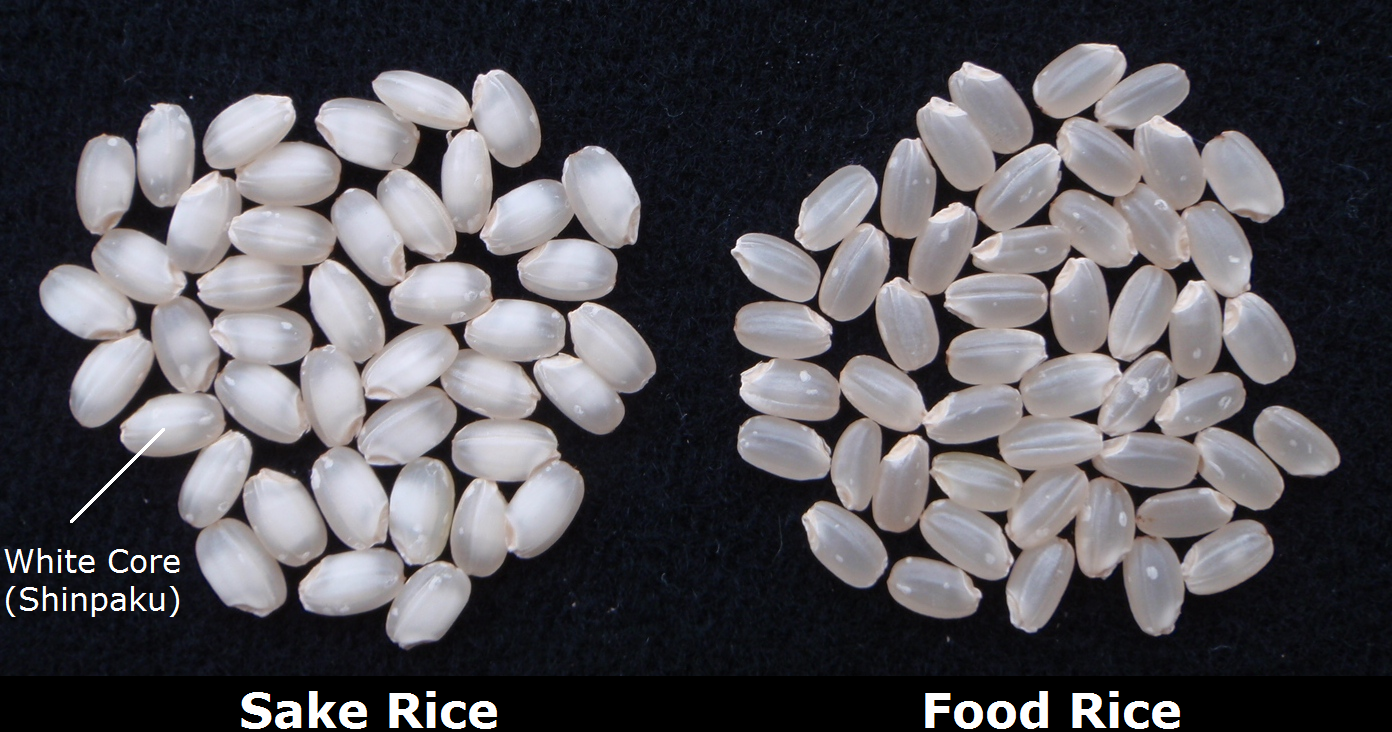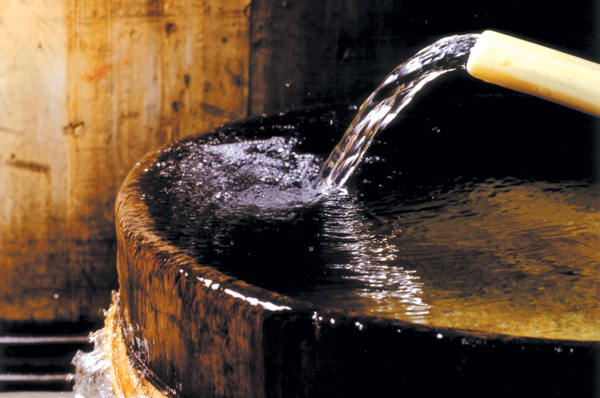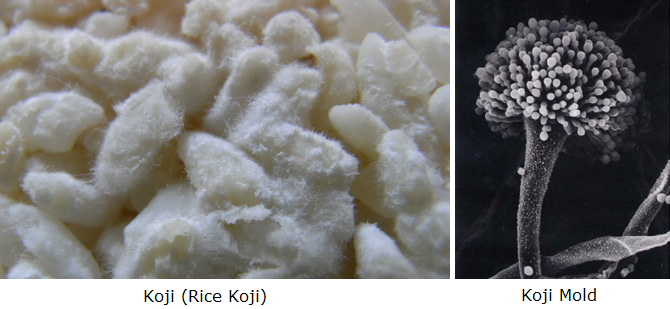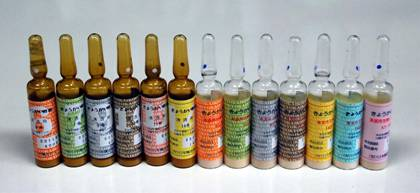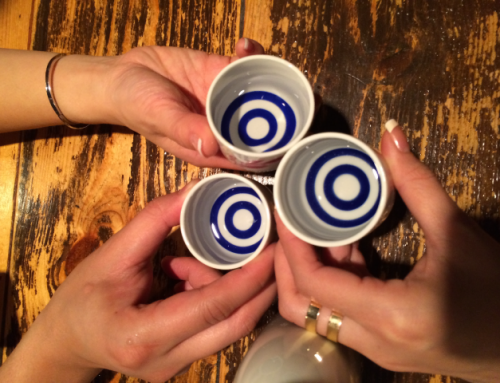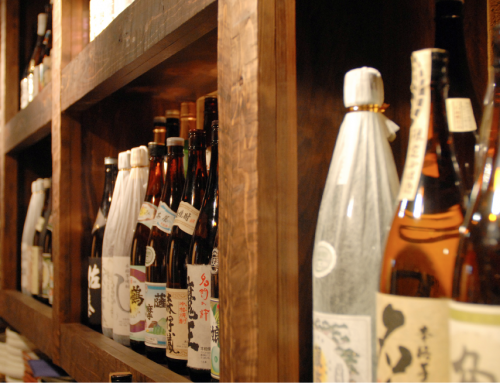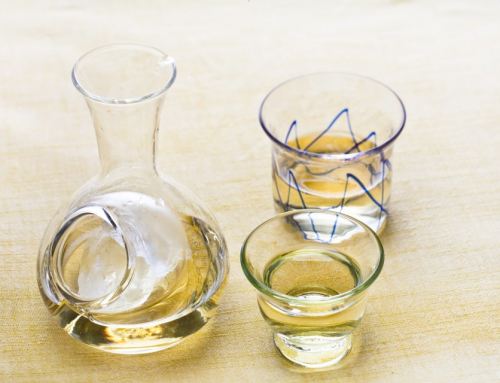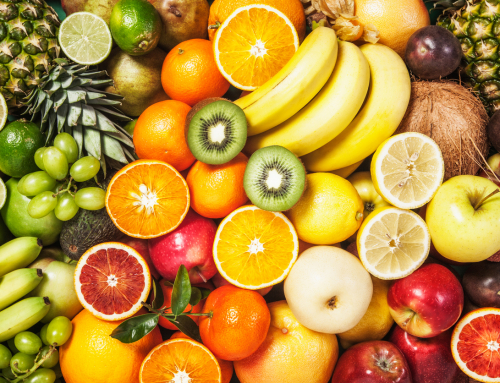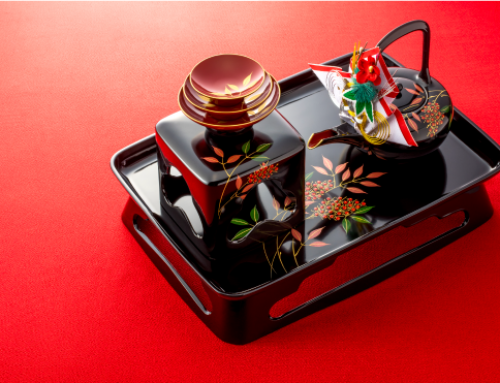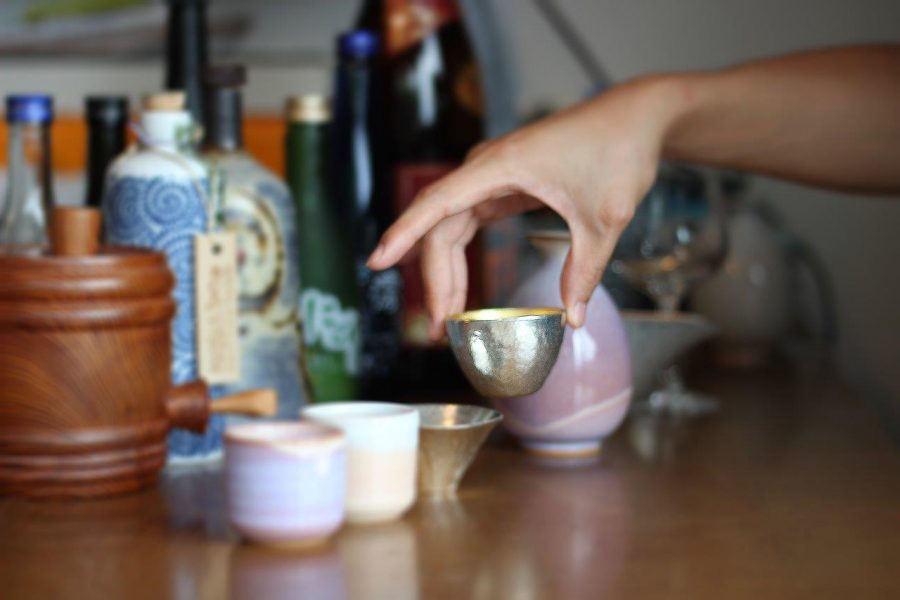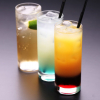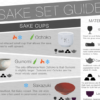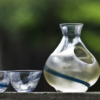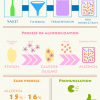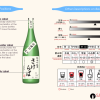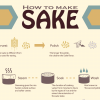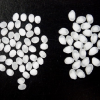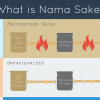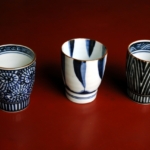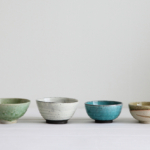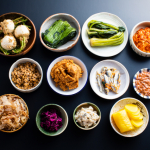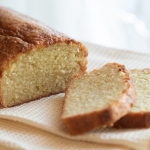Contents
You may know Sake is made from rice. Well, yes, you’re right. But what else? Can you name the 5 main Sake ingredients? These 5 Sake ingredients play such an important role in determining flavors and aromas of Sake.
Check out the 5 essential Sake ingredients!
5 Main Sake Ingredients
The 5 main Sake ingredients are:
1. Rice
Rice used for Sake making is called Sakamai or Shozo kotekimai. Basically Sakamai (literally meaning Sake rice) is the common one, and Shozo kotekimai is like a jargon.
Sake rice is different from food rice. Sake rice is grown especially for Sake.
How is Sake rice different from food rice? There are 3 large differences:
1. Appearance (Size)
Sake rice is larger than food rice. A small rice grain would easily crumble when polished.
2. White Core
Sake rice has a white, opaque core at its center, called ‘Shinpaku’ in Japanese. Most of its component is starch, while the external part of rice consists of protein and fat (which will give off-flavors).
The external part will be polished off to remove those off-flavors. However, food rice has no or little white core. Thus it would be difficult to remove those off-flavors from food rice.
3. Brewing Suitability
Sake rice has high water absorption rate and lower levels of protein and fat (lipids). Also after steaming, it’s hard on the outside and soft on the inside; the great environment for Koji mold propagation.
2. Water
Sake is comprised of approx. 80% water. Thus, water quality greatly affects sake quality.
The amount of water used in Sake making adds up to more than 50 times the total weight of rice. Water is used for almost all steps – washing & soaking rice, creating Moromi mash and dilute Sake to adjust flavor and alcohol content.
So what kind of water is suitable for Sake? Let’s take a look:
- Beneficial Elements: Potassium, Phosphoric acid and magnesium
- Detrimental Elements: Iron, Manganese
Those beneficial elements are necessary to aid the propagation of yeasts and Koji mold. On the other hand, the detrimental ones will cause discoloration of Sake and ruin the Sake taste and aroma.
This is why many Sake breweries are located near exquisite, well-conserved water sources.
3. Koji Mold
Koji Mold is a type of mold. It’s a ‘mold’! Eww! But don’t step back; it’s harmless to human body and actually very nutritious.
Koji basically converts rice starch to sugar (glucose), which will be converted to alcohol by yeasts.
Many people confuse Koji Mold with Koji:
- Koji Mold: Mold spores themselves (that will propagate on steamed rice).
- Koji: Rice with propagated Koji mold (in case of Sake). So rice + koji mold. Also known as rice koji.
Koji can be called rice Koji, soy Koji, barley Koji, etc., depending on what Koji mold has propagated on.
Please note that SAKE USES RICE KOJI. NO SOY OR BARLEY.
Why stressing this point? Because some (wrongly) say Sake is not gluten-free as it uses the same Koji as miso. That’s not true. Sake uses rice Koji, whereas Miso used barley or soy Koji.
Even Wikipedia doesn’t explain enough. We think that’s where the misconception comes from.
4. Yeasts
Yeasts convert sugar to alcohol, just like wine and beer. Most Sake breweries buy cultured yeasts from Brewing Society of Japan who has a variety of yeast types.
Yeast type greatly affect Sake taste and aroma. It can make Sake a savory Junmai-type, a fragrant Ginjo-type and others. Discover more about Sake Yeast Types here.
5. Lactic Acid
Lactic acid is added to kill germs and prevent Sake flavors from deteriorating over time. It also gives acidity to Sake to balance with sweetness.
Sake breweries use either wildlife lactic acid lurking in the breweries or store-bought lactic acid:
- Sake with wildlife lactic acid is called Kimoto-type, and
- Sake with store-bought lactic acid is called Sokujo-type (90% of Sake on the market)
We’ll talk about Kimoto Sake in another article (coming soon).
Other Ingredients (Optional)
Albeit not necessary, other ingredients may be added to Sake.
- Distilled Alcohol: to adjust Sake flavors (give cleaner flavor). Sake without distilled alcohol has a prefix of ‘Junmai’ before its name. e.g. Junmai Shu, Junmai Ginjo and Junmai Daiginjo.
- Acidulants, sugar, amino acid and seasoning: Especially in poor quality Sake e.g. Futsu Shu.


